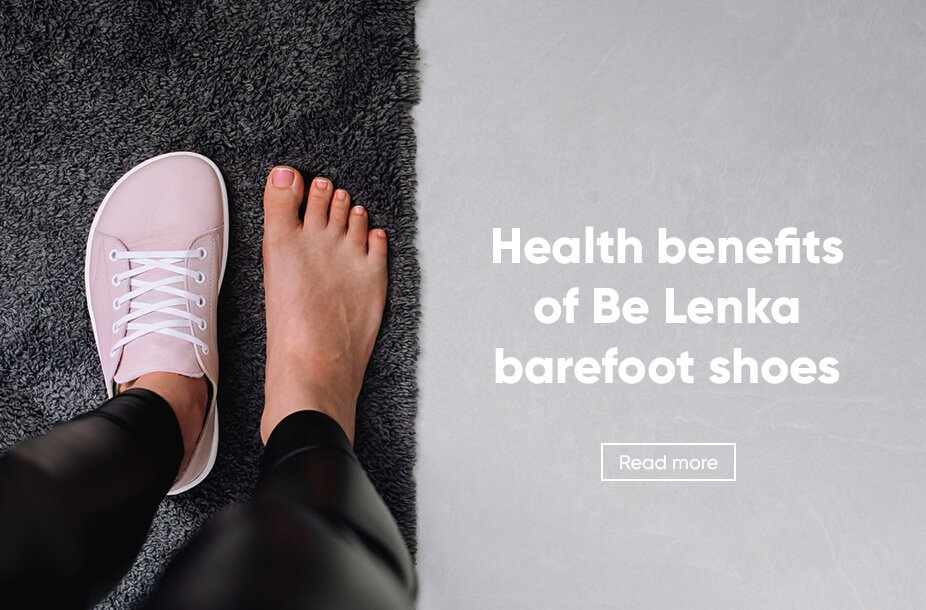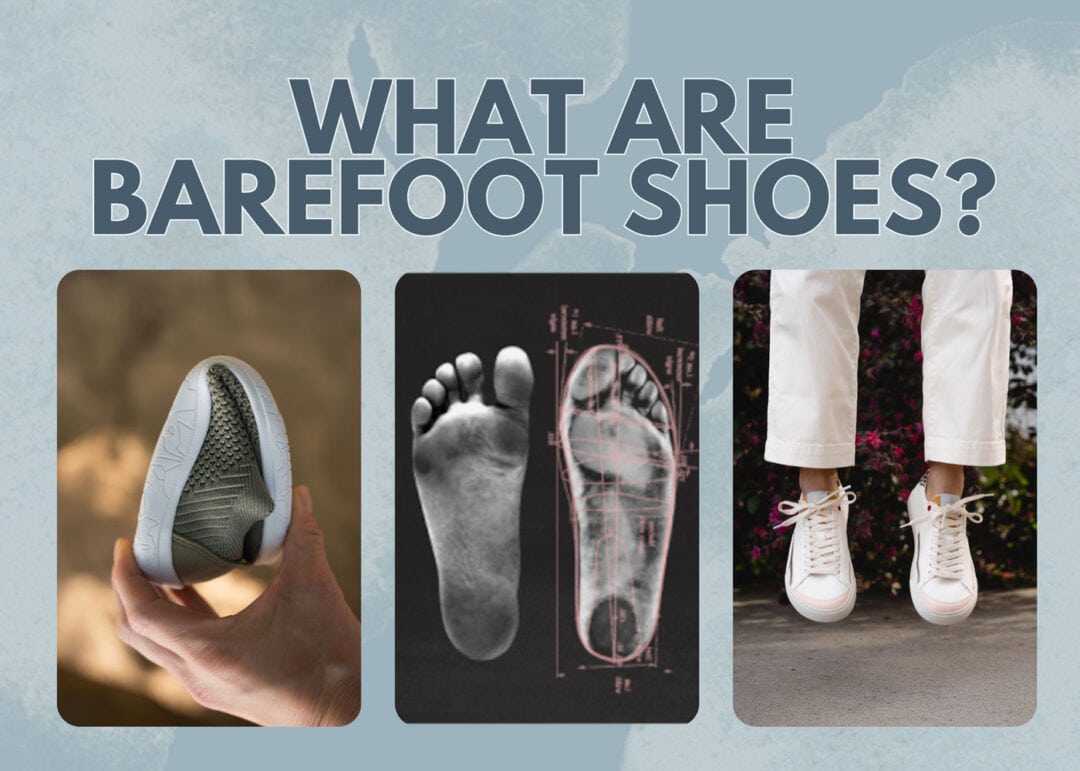Introduction to Barefoot Shoes
Barefoot shoes have gained significant popularity in recent years due to their minimalist design and numerous health benefits. These shoes are designed to mimic the feeling of walking barefoot, allowing for a more natural foot movement and posture. This guide will explore the various aspects of barefoot shoes, including their benefits, how to choose the right pair, and tips for transitioning into wearing them.

Benefits of Wearing Barefoot Shoes
One of the primary benefits of barefoot shoes is improved foot health. By allowing the feet to move more naturally, these shoes can help strengthen the muscles in the feet and lower legs, reduce the risk of injury, and improve balance and coordination. Additionally, barefoot shoes can alleviate issues such as plantar fasciitis and flat feet. They also promote better posture and alignment, which can lead to overall better physical health.

Choosing the Right Barefoot Shoes
When selecting barefoot shoes, it’s important to consider factors such as fit, flexibility, and support. Look for shoes that have a wide toe box to allow your toes to splay naturally and a thin, flexible sole that provides minimal cushioning. It’s also crucial to ensure that the shoes fit well and are comfortable, as poorly fitting shoes can lead to discomfort and potential injury. Reading reviews and trying on different brands and styles can help you find the perfect pair.

Transitioning to Barefoot Shoes
Transitioning to barefoot shoes should be done gradually to allow your feet and body to adjust. Start by wearing them for short periods and gradually increase the time as your feet become stronger and more accustomed to the new footwear. Incorporating exercises that strengthen the feet, such as toe curls and balance exercises, can also aid in the transition. It’s important to listen to your body and take breaks if you experience any discomfort or pain.

Common Misconceptions About Barefoot Shoes
There are several misconceptions about barefoot shoes, such as the belief that they provide no protection or support. In reality, while they are minimalist in design, they still offer some protection and support, especially in the form of a flexible sole. Another common misconception is that they are only suitable for certain activities or environments. However, barefoot shoes can be worn for a variety of activities, including running, hiking, and everyday wear.

